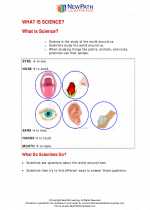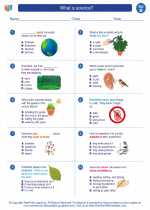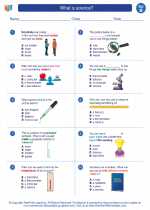Frequency
Frequency is a measurement of how often a particular event occurs within a specific time period. In science, frequency is often used to describe the number of oscillations or vibrations per unit of time.
Frequency in Physics
In physics, frequency is commonly used to describe the number of oscillations (or cycles) of a wave that occur in a given time period. The unit of frequency is hertz (Hz), which represents the number of cycles per second. For example, if a wave completes 10 cycles in one second, its frequency is 10 Hz.
Frequency in Sound
When it comes to sound, frequency is related to pitch. Higher frequency sounds are perceived as higher pitched, while lower frequency sounds are perceived as lower pitched. The frequency of a sound wave is directly related to the vibration of the source producing the sound. For example, a guitar string vibrating at a higher frequency will produce a higher pitched sound compared to the same string vibrating at a lower frequency.
Frequency in Everyday Life
Frequency is encountered in various aspects of everyday life. For instance, the frequency of blinking, heartbeats, or even the frequency of a car's engine revving can be observed and measured. Understanding frequency can help in analyzing patterns, predicting behaviors, and designing technologies.
Study Guide
- What is frequency?
- How is frequency measured in physics?
- What is the unit of frequency?
- How is frequency related to pitch in sound?
- Provide examples of frequency in everyday life.
Understanding frequency is essential in various scientific disciplines and has practical applications in fields such as physics, engineering, and music. By grasping the concept of frequency, you can better comprehend the behavior of waves, sound, and other phenomena in the natural world.
[Frequency] Related Worksheets and Study Guides:
.◂Science Worksheets and Study Guides Second Grade. What is science?

 Worksheet/Answer key
Worksheet/Answer key
 Worksheet/Answer key
Worksheet/Answer key
 Worksheet/Answer key
Worksheet/Answer key
 Vocabulary/Answer key
Vocabulary/Answer key
